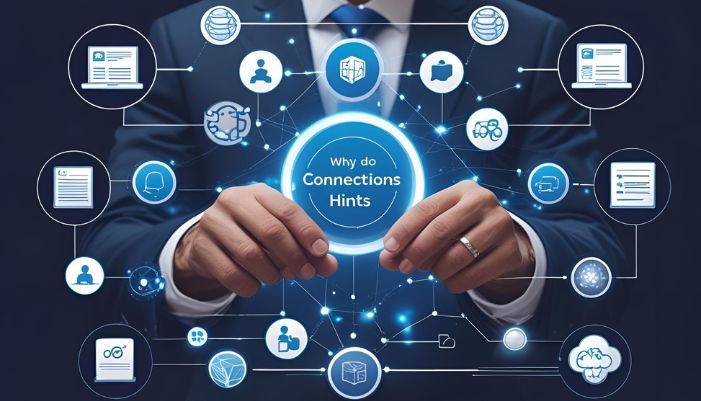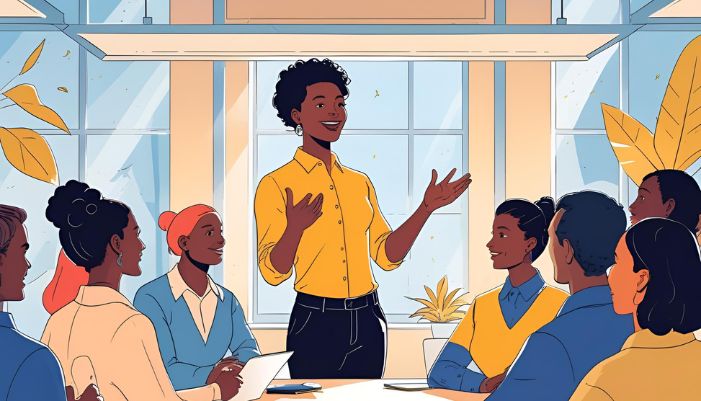Connections Hint: Simple Clues to Win Every Puzzle in 2025
Have you ever been stuck on a puzzle? You try and try, but something just doesn’t click. Then someone gives you a small clue, and suddenly it all makes sense.
That small clue is called a connections hint. It helps you find links between ideas, words, or patterns. A connections hint doesn’t give you the full answer. Instead, it points you in the right direction.
In this post, you’ll learn what a connections hint is, how it works, where to find it, and how it can help you in games—and in real life too.
What Is a Connections Hint?
The Basic Idea
A connections hint is a clue that helps you connect things. In puzzles or games, it shows you how some items are related. You still solve the puzzle yourself, but the hint helps you get there faster.
How It Works
When you’re stuck, a hint can help your brain see the missing link. You might not notice something small, like a shared word or a matching color. A good hint helps you see what’s right in front of you.
It’s like someone turning on a small light in a dark room. The whole room doesn’t light up—but you can now see where to step next.
Why Do Connections Hints Matter?

They Help You Think Better
A connections hint helps you train your brain. You learn to see patterns, spot details, and think in new ways. The more you use hints, the better you get at solving problems.
It’s like exercise for your brain. You become sharper, faster, and more focused over time.
They Keep You Moving Forward
Getting stuck can be frustrating. A hint helps you keep going without giving up. It keeps the puzzle fun instead of annoying. You don’t feel like you’re cheating—you’re just getting a gentle push.
Where You Can Find Connections Hints
Word Games and Puzzle Apps
Many games give hints to help you find word groups or categories. You might see a list of words like:
- Saturn
- Mars
- Venus
- Apple
You’re not sure how they fit together. Then you get a hint: “Planets.” Now it’s clear—Apple doesn’t belong. The hint helped you make the connection.
Games like Connections, Wordle, and crossword puzzles all use this kind of clue. It’s a simple way to guide your thinking.
Escape Rooms and Puzzle Challenges
Escape rooms are full of hints. Some are given by a game master, while others are hidden in the room. The hints are small clues that point to keys, codes, or secret paths.
The fun part? You still have to solve the puzzle yourself—but the hint shows you where to look.
Everyday Life
Hints don’t just live in games. They show up in real life too. Maybe a friend says, “You should talk to Sarah—she loves design.” That could be a hint that Sarah might help you with a project or job lead.
If you pay attention, you’ll notice that life gives clues all the time. These “real-world” hints can lead to big opportunities.
How to Spot and Use a Connections Hint

Look for Patterns
Patterns are the key to most puzzles. A hint helps you find the pattern faster. Ask yourself:
- What looks the same?
- What feels out of place?
- Is there a group or theme here?
When you find a pattern, you’ll often find the answer too.
Ask Good Questions
Instead of thinking, “I don’t get it,” ask:
- What do these things have in common?
- Is there a theme here?
- Could this be a wordplay or visual clue?
The right questions help your brain work better.
Take a Step Back
Sometimes you just need to pause. A hint works best when you’re calm and thinking clearly. Take a deep breath, then look at the puzzle again. The answer might pop right out.
Read: 5starsstocks.com Dividend Stocks for Steady Income in 2025
Why Hints Help Your Brain Work Better
Your Brain Likes Clues
When you’re stuck, your brain hits a block. A hint helps your brain take a new path. It opens a door you didn’t see before.
That “aha!” moment gives you a burst of joy. That’s dopamine—a brain chemical that makes you feel good. This is why puzzles with good hints feel so rewarding.
You Learn Faster with Hints
Hints teach you to notice things you missed before. Over time, you get better at solving puzzles without hints, because your brain knows what to look for.
How to Give a Great Hint

Be Simple
The best hints are short and clear. They don’t give away the answer. They help someone think about the puzzle in a new way.
Example:
Instead of saying, “It’s Saturn,” say, “Think about planets.”
Know the Person
Some people like pictures. Others like words. Match your hint to how the person thinks.
Ask yourself: Will this help them think differently?
Conclusion
Hints are not a sign of weakness. They’re a smart tool that helps you move forward. A good connections hint gives your brain the push it needs.
In puzzles, they help you win. In real life, they help you grow. A hint might connect you to a new idea, a job, or a person who changes everything.
The key is to notice them, use them, and learn from them. The next time you’re stuck, don’t quit—look for a hint. It might be all you need.